Biodynamic food is seriously trending—but is it really better for you?
Everything you need to know about biodynamic food, including five ways to try it.
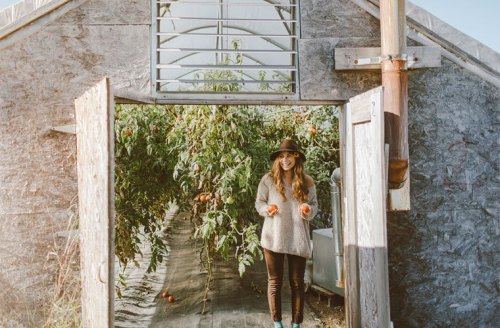
Zenbunni Chocolate founders Bunni and Zen Nishimura remember the exact moment they first tried biodynamic food, about seven years ago at a friend’s farm. “We took a bite of some lettuce he was growing—just some ordinary lettuce—and we both looked at each other, like, what’s going on here?” Zen says.
The trip inspired the pair to take the next step with their organic chocolate line, going full-on biodynamic with their products. They’re now such adamant believers in the fringe farming practice that they plan to produce flour, oil, and sugar so consumers can stock a full pantry. (They’ve recently started selling another common kitchen staple: coffee.)
“Not all produce is created equal. Soil that’s more nutrient-dense produces food that’s more nutrient-dense, and that’s also why it tastes better”
Besides food, you might have seen the term “biodynamic” creep up on the ingredient lists of your beauty products, wine, and even eggs. But if you’re still scratching your head over what it means—and if it’s worth seeking out—consider this the ultimate primer. (And bonus! There’s also a list of five biodynamic food picks to try now, because seeing—eating?—really is believing.)
Keep reading for everything you need to know about the biodynamic food movement.

What “biodynamic” actually means
For a farm or product to legally be called biodynamic, there’s one big board it has to impress: The Demeter Association. The non-profit is the only biodynamic certification organization, operating in more than 50 countries. “Think of it as the United Nations of agriculture,” says Elizabeth Candelario, the association’s managing director.
All biodynamic farms are organic, but they go a step further, emphasizing biodiversity, crop rotation, greenhouse management, animal welfare, and soil fertility management (yes, that’s a thing).
All biodynamic farms are organic, but they go a step further, emphasizing biodiversity, crop rotation, greenhouse management, animal welfare, and soil fertility management (yes, that’s a thing). “Let’s say there’s a fertility problem on a farm,” Candelario says. “A traditional farmer might bring in synthetic fertilizer. An organic farmer might use organic fertilizer. A biodynamic farmer would say, ‘Why is my farm system unable to create the vitality it needs? How can I create that within the farm itself?’ Maybe he or she tries composting, green manures, or growing crops that’ll really put nutrients back into the soil.”
Farmers also take into account astrological and astronomical patterns, relying on lunar and solar rhythms to determine when to plant and pick crops. Sound pretty woo-woo? Living up to his name, Zen isn’t fazed by any eyebrows biodynamic farming methods might raise. “It’s an ancient practice that we’ve lost and [this] is reintroducing it,” he says. “All of these assumptions based on astrology and astronomy have [proven] to be very fruitful. When people try to discredit that, [I tell them to] look at the tide; the moon can influence this huge body of water, so it can easily push a plant up a fraction of an inch or grow a leaf bigger. It’s pretty profound.”
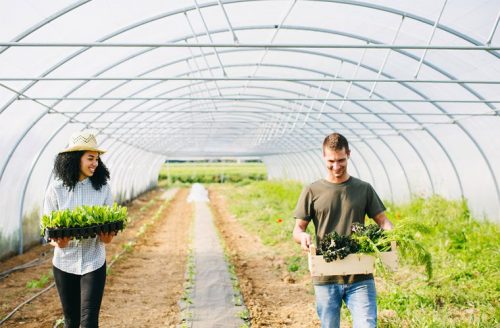
It can curb carbon emissions
Many scientists are pointing to biodynamic farming as a potential solution to global warming. It’s no secret that agriculture produces high emissions and plowing fields releases carbon dioxide in the soil and air.
One way biodynamic farmers can reduce their carbon footprint is a practice called cover farming, a fancy term for crops that blanket the soil between harvest seasons. Cover crops convert nitrogen gas in the atmosphere into soil nitrogen that plants can use. “If everyone practiced biodynamic farming, we could pull all the carbon out of the air,” Zen says. “Global warming could be solved very quickly if people were able to farm differently.”
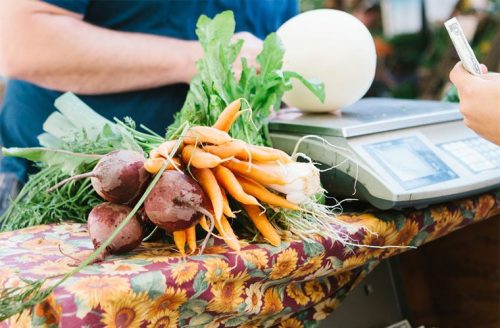
Retailers are paying attention
Just as organic sales have significantly increased, Candelario says she’s seen a spike in interest in biodynamics (though no stats are available). Thrive Market co-CEO Gunnar Lovelace is one retailer who is 100 percent on board, saying he is prioritizing adding more biodynamic food options to their customers. (The e-comm spot has started introducing more and more options to its diverse lineup, including four different types of biodynamically grown tomato sauces.)
He agrees with Zen that biodynamic really is better for you—and has better flavor, too. “Not all produce is created equal,” Lovelace says. “Soil that’s more nutrient-dense produces food that’s more nutrient-dense, and that’s also why it tastes better—you’re tasting those nutrients.”
There is one downside: It tends to be a bit steeper in price (even more than organic). A jar of biodynamic tomato sauce, for example, is $6.65 compared to around $3 for organic. But the more mainstreamed the practice becomes, the more access people will have—and that’s a win for everyone.
If you want to get in on the biodynamic food movement, here are five foods to try now.
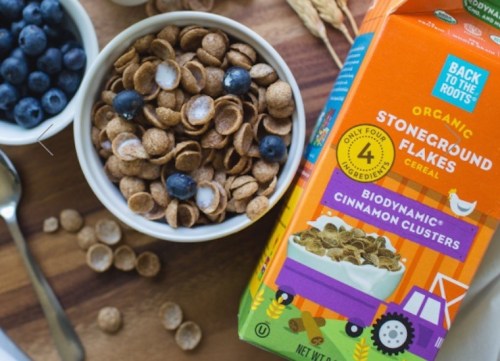
1. Back to the Roots Biodynamic Cinnamon Clusters
There are only four ingredients in this cereal: stoneground whole wheat, cane sugar, cinnamon, and sea salt—all biodynamic.

2. WellWell Watermelon Recovery Drink
Thought only four ingredients was impressive? Try three: cold-pressed, organic juice from tart cherries, watermelon, and (the pièce de résistance) biodynamic lemons.
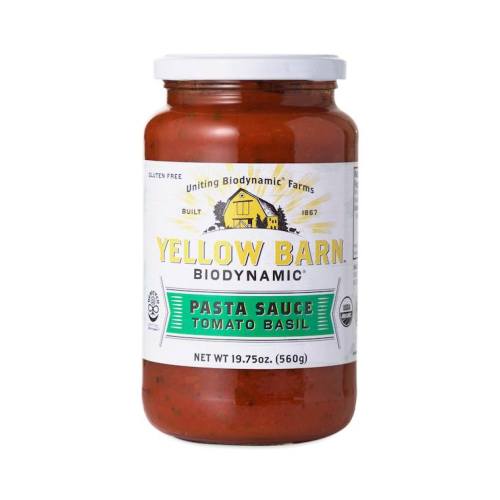
3. Yellow Barn Biodynamic Tomato Basil Pasta Sauce
Not only is this pick biodynamic, it’s low in sugar—a feat considering many pasta sauces are sneakily full of the sweet stuff.
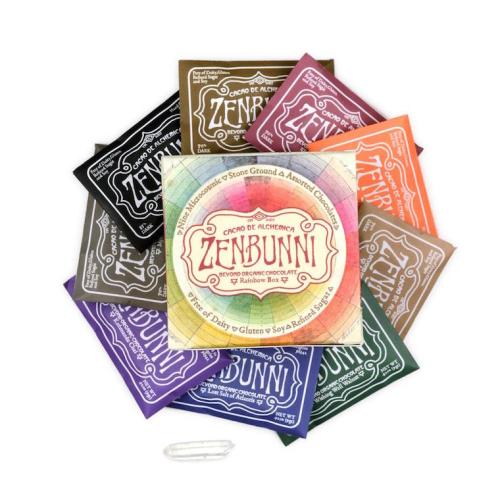
4. Zenbunni Rainbow Box of Chocolate
It’s impossible to choose from Zenbunni’s Shiva Rose, Mystic Mocha, and Lavender Lemuria (among other flavors), so going for the variety pack is key. Good news: All are free of gluten, soy, and made with biodynamic cacao.
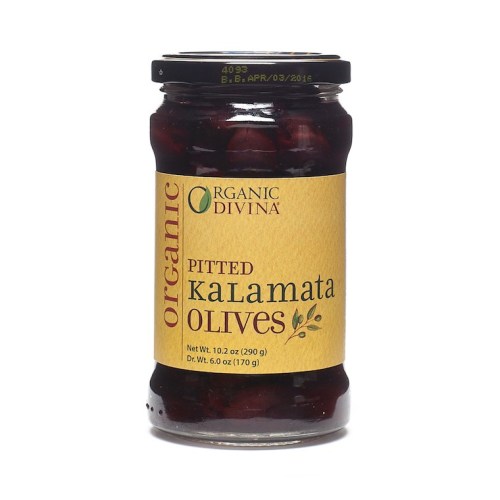
5. Organic Divina Biodynamic Pitted Kalamata Olives
These olives, grown in Greece, are soaked in a blend of organic red wine and sea salt. It’s the cherry on top of the Mediterranean Diet.
For new ideas on what to do with food between the farm and your table, these are the healthy-eating trends on Whole Foods’ radar for 2017. And if you’re looking for stylish ways to reduce your closet’s carbon footprint, check out these sustainable yoga brands.
Sign Up for Our Daily Newsletter
Get all the latest in wellness, trends, food, fitness, beauty, and more delivered right to your inbox.
Got it, you've been added to our email list.









